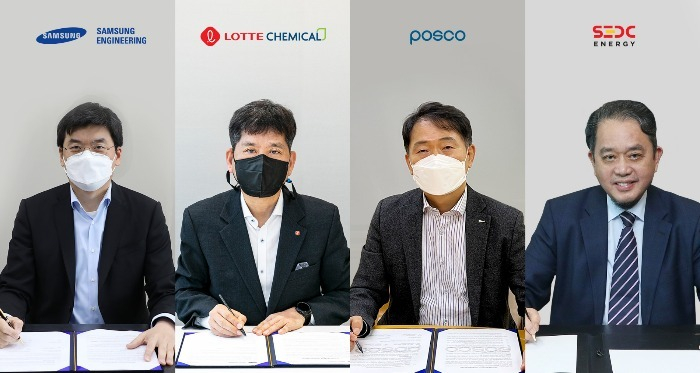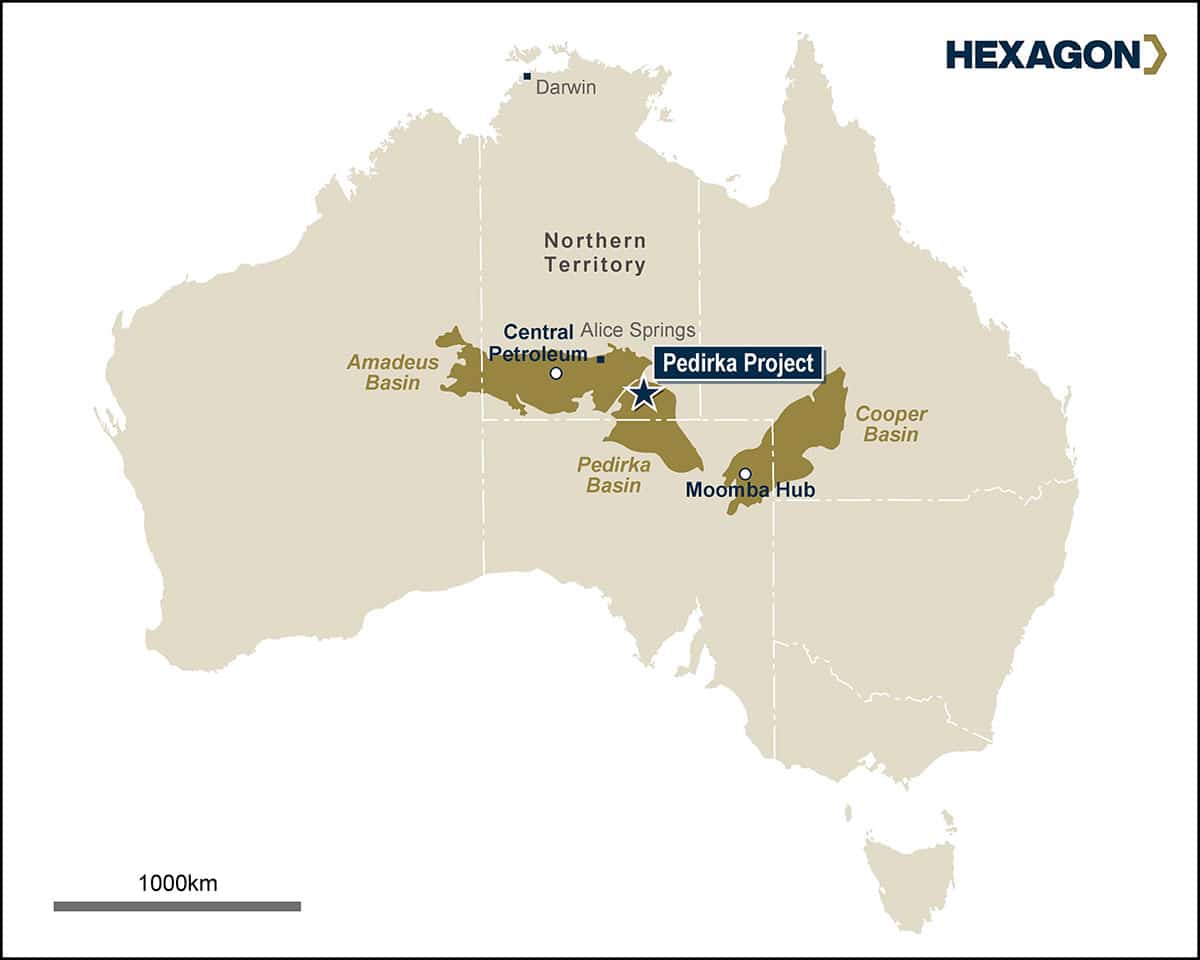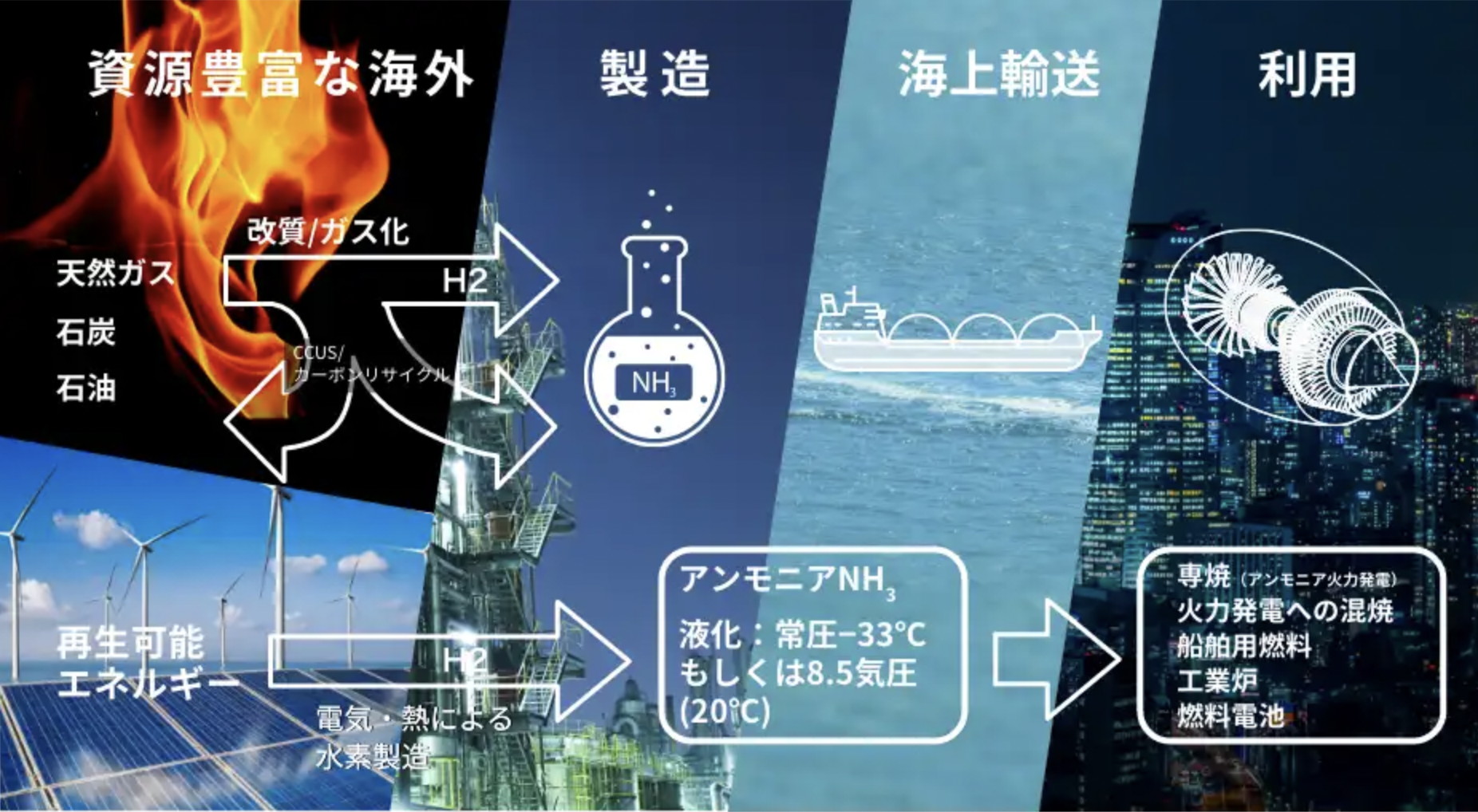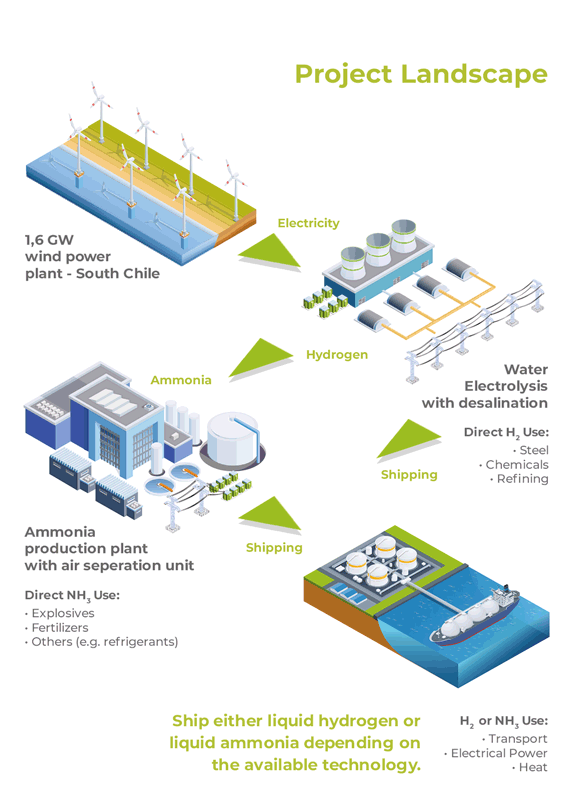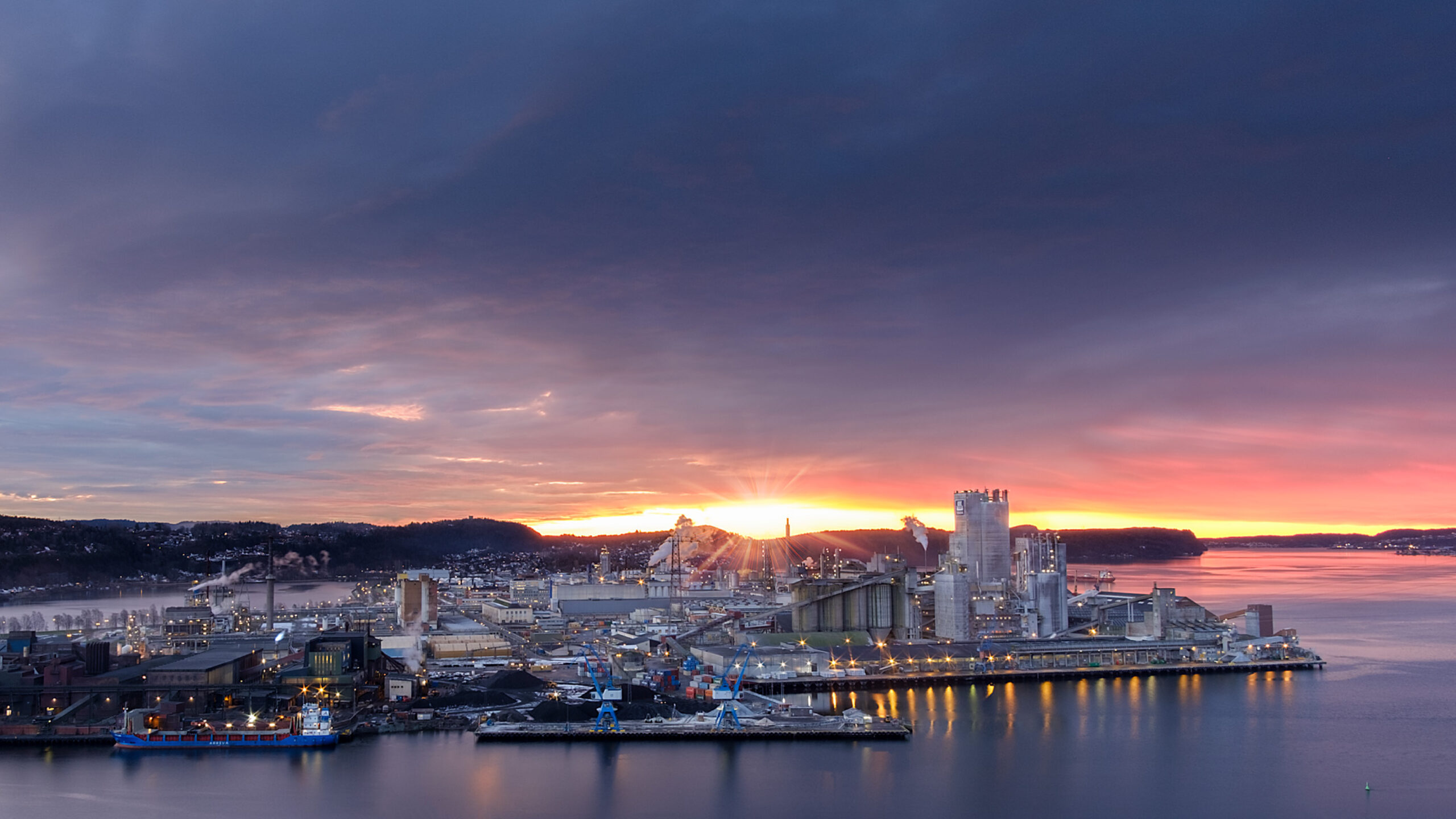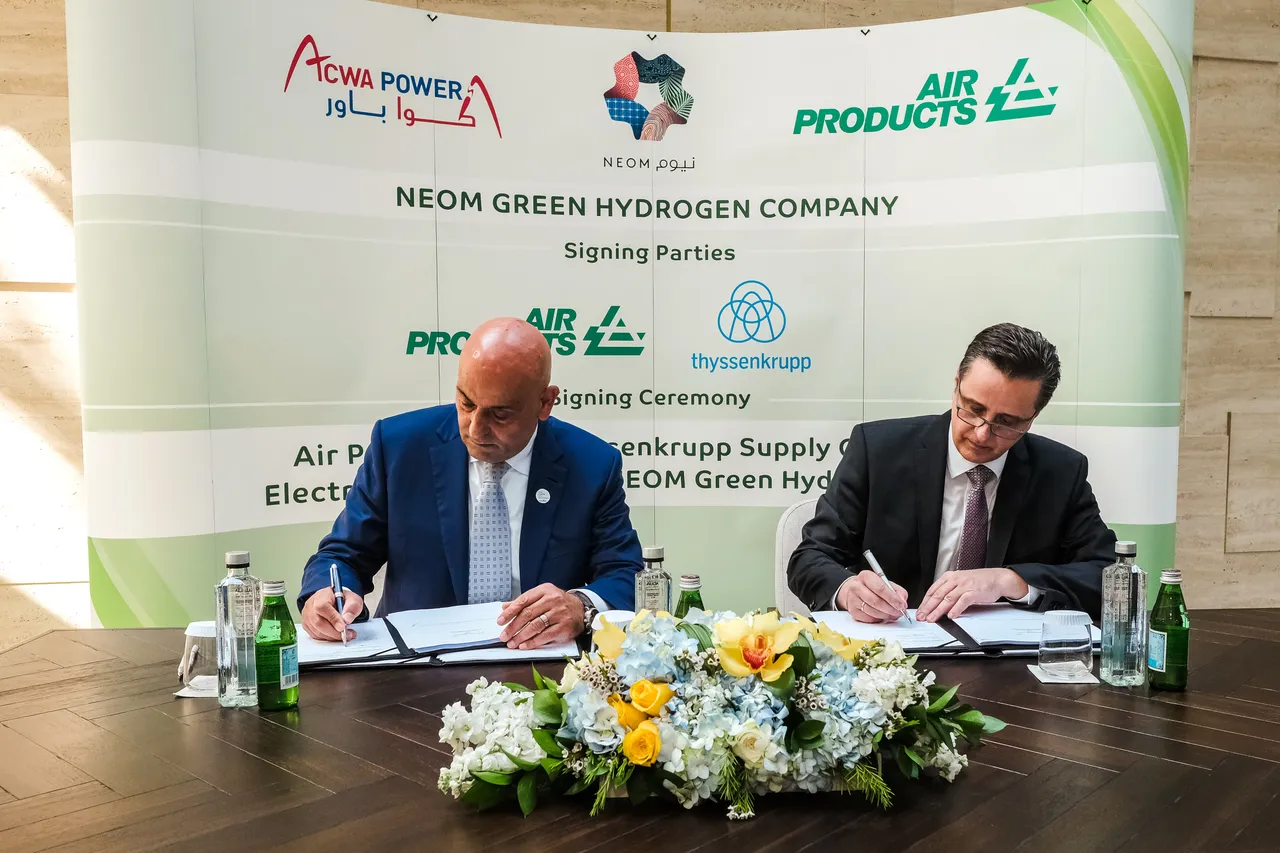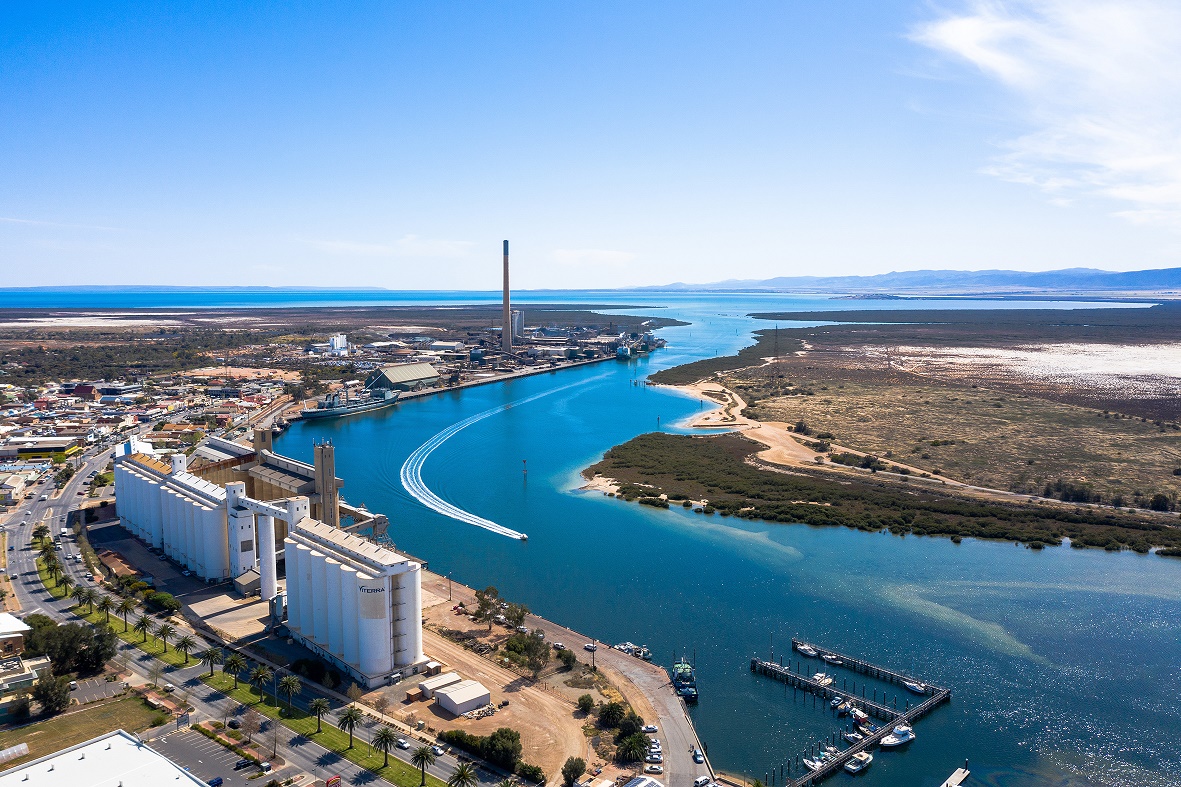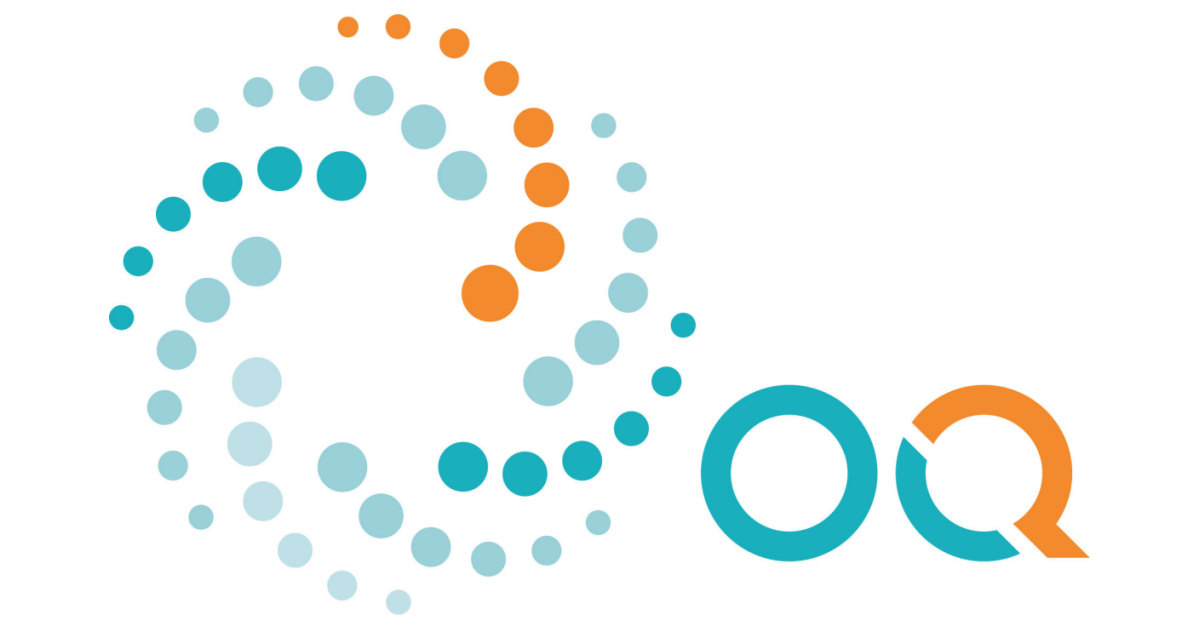H2biscus: green ammonia in Malaysia
A trio of South Korean organisations - Samsung Engineering, POSCO and Lotte Chemical - will partner with the Sarawak Economic Development Corporation (SEDC) to develop a new green hydrogen & ammonia project in Bintulu, eastern Malaysia. The combination of plentiful hydropower, existing gas infrastructure and existing petrochemical production facilities in Bintulu means the H2biscus partners are focusing on a suite of export products - hydrogen, ammonia & methanol - with both green and blue characteristics.
